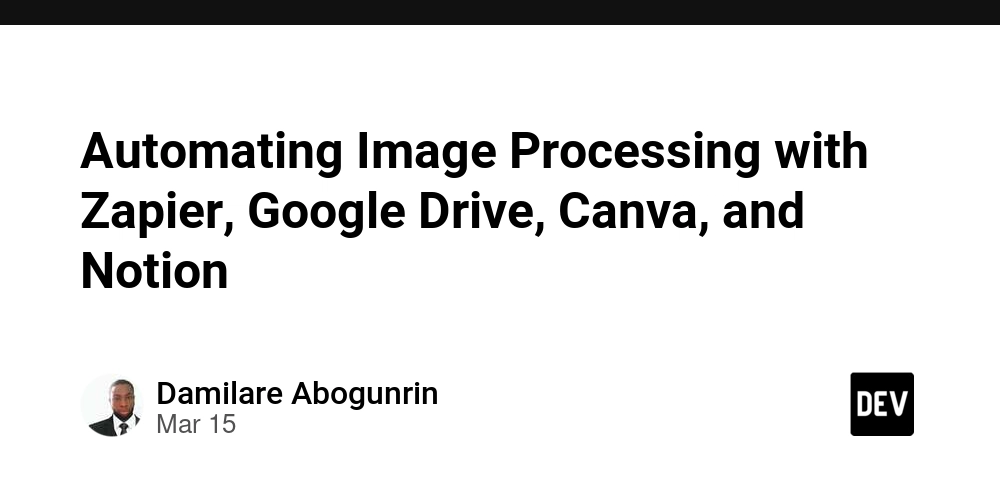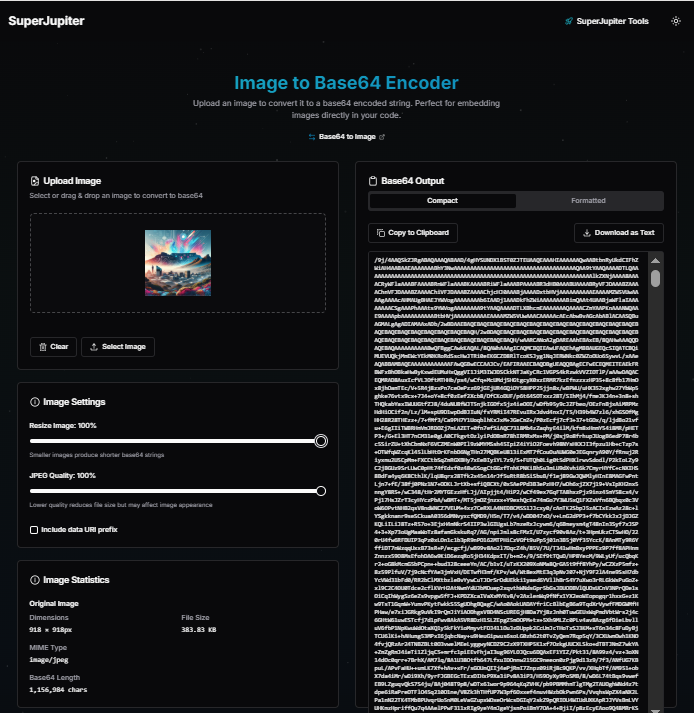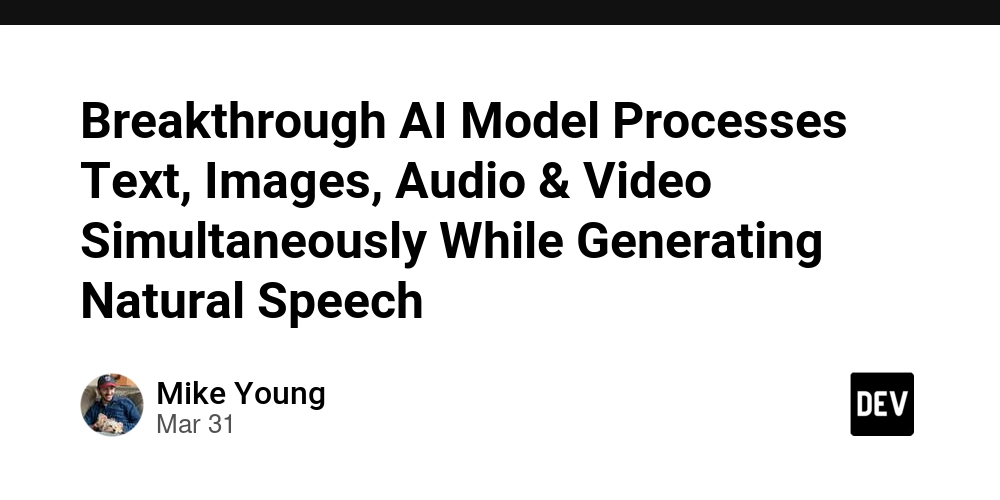Automating Image Processing with Zapier, Google Drive, Canva, and Notion
This project was developed for an Upwork job requiring the automation of image processing workflows. The client needed to integrate Google Drive, Canva, and Notion using Zapier to streamline file organization, background removal assignments, and task tracking while maintaining necessary human oversight. Tools Needed Zapier (For automation workflows) Google Drive (For storing and sorting images) Canva (For background removal) Notion (For tracking tasks and managing workflow) Guide to Setting Up the Automation 1. Automate File Organization & Sorting with Zapier Paths Instead of using Zapier Filters, we opted for Zapier Paths to dynamically sort files into multiple folders based on their names. We started by creating a "New Images" folder in Google Drive, where all raw images would be uploaded for processing. A Zap was then set up to detect new file uploads, using Google Drive’s "New File in Folder" trigger, ensuring any newly added images were recognized. To automate sorting, Zapier Paths were implemented—Path A moved files containing "Etsy" in their names to an "Etsy Orders" folder, while Path B assigned other images to relevant categories based on predefined conditions. With this setup, every uploaded image is automatically renamed and sorted into the correct Google Drive folder without manual intervention. This streamlined workflow ensures efficient organization, reducing the need for manual sorting and improving overall productivity. 2. Automate Image Routing to Canva for Background Removal Since Canva lacks a direct Zapier integration, we implemented a workaround using Google Drive and team notifications. Since Canva lacks a direct Zapier integration, we implemented a workaround using Google Drive and team notifications. Images requiring background removal are first uploaded to a designated "Background Removal" folder in Google Drive, triggering Zapier to detect new files. A notification is then sent via Slack, Email, or Notion, alerting the team with a message that includes a Google Drive link to the image, ensuring prompt action. Once the background is removed in Canva, the processed image is manually uploaded to the "Processed Images" folder in Google Drive. Zapier detects this new file and moves it to the next workflow stage. This setup streamlines collaboration, instantly notifying the team and efficiently transferring processed images for further use. ✅ Automated Outcome: The team is notified instantly, and processed images are seamlessly transferred for further use. 3. Automate Task Assignments & Notifications Once an image is processed, the next step is to notify the team and update the Notion task tracker. Step 1: Detect New Processed Images Trigger: Select Google Drive → "New File in Folder". Folder: Choose "Processed Images". Step 2: Create a Task in Notion Action: Choose Notion → "Create Database Item". Database Fields: Image Title Google Drive Link Assigned Team Member Due Date Status (Pending/Completed) Step 3: Notify the Assigned Team Member Action: Choose Slack/Email → "Send Message". Message Content: "A new task has been assigned to you in Notion." Include a Notion link to the task. ✅ Automated Outcome: Tasks are auto-created, and team members receive instant notifications. Final Workflow Summary File Sorting → Google Drive (via Zapier Paths) Image Processing → Canva (via Manual Step) Task Assignments → Notion (via Zapier) Order Tracking → Notion (Auto-Updates & Notifications) Error Handling → Automatic Reminders for Delayed Tasks This scalable automation system minimizes manual effort while ensuring smooth workflow execution.

This project was developed for an Upwork job requiring the automation of image processing workflows. The client needed to integrate Google Drive, Canva, and Notion using Zapier to streamline file organization, background removal assignments, and task tracking while maintaining necessary human oversight.
Tools Needed
- Zapier (For automation workflows)
- Google Drive (For storing and sorting images)
- Canva (For background removal)
- Notion (For tracking tasks and managing workflow)
Guide to Setting Up the Automation
1. Automate File Organization & Sorting with Zapier Paths
Instead of using Zapier Filters, we opted for Zapier Paths to dynamically sort files into multiple folders based on their names. We started by creating a "New Images" folder in Google Drive, where all raw images would be uploaded for processing.
A Zap was then set up to detect new file uploads, using Google Drive’s "New File in Folder" trigger, ensuring any newly added images were recognized. To automate sorting, Zapier Paths were implemented—Path A moved files containing "Etsy" in their names to an "Etsy Orders" folder, while Path B assigned other images to relevant categories based on predefined conditions.
With this setup, every uploaded image is automatically renamed and sorted into the correct Google Drive folder without manual intervention. This streamlined workflow ensures efficient organization, reducing the need for manual sorting and improving overall productivity.
2. Automate Image Routing to Canva for Background Removal
Since Canva lacks a direct Zapier integration, we implemented a workaround using Google Drive and team notifications.
Since Canva lacks a direct Zapier integration, we implemented a workaround using Google Drive and team notifications. Images requiring background removal are first uploaded to a designated "Background Removal" folder in Google Drive, triggering Zapier to detect new files. A notification is then sent via Slack, Email, or Notion, alerting the team with a message that includes a Google Drive link to the image, ensuring prompt action.
Once the background is removed in Canva, the processed image is manually uploaded to the "Processed Images" folder in Google Drive. Zapier detects this new file and moves it to the next workflow stage. This setup streamlines collaboration, instantly notifying the team and efficiently transferring processed images for further use.
✅ Automated Outcome: The team is notified instantly, and processed images are seamlessly transferred for further use.
3. Automate Task Assignments & Notifications
Once an image is processed, the next step is to notify the team and update the Notion task tracker.
Step 1: Detect New Processed Images
- Trigger: Select Google Drive → "New File in Folder".
- Folder: Choose "Processed Images".
Step 2: Create a Task in Notion
- Action: Choose Notion → "Create Database Item".
- Database Fields:
- Image Title
- Google Drive Link
- Assigned Team Member
- Due Date
- Status (Pending/Completed)
Step 3: Notify the Assigned Team Member
- Action: Choose Slack/Email → "Send Message".
- Message Content:
"A new task has been assigned to you in Notion."
Include a Notion link to the task.
✅ Automated Outcome: Tasks are auto-created, and team members receive instant notifications.
Final Workflow Summary
- File Sorting → Google Drive (via Zapier Paths)
- Image Processing → Canva (via Manual Step)
Task Assignments → Notion (via Zapier)
Order Tracking → Notion (Auto-Updates & Notifications)
Error Handling → Automatic Reminders for Delayed Tasks
This scalable automation system minimizes manual effort while ensuring smooth workflow execution.











































































































































































![[The AI Show Episode 142]: ChatGPT’s New Image Generator, Studio Ghibli Craze and Backlash, Gemini 2.5, OpenAI Academy, 4o Updates, Vibe Marketing & xAI Acquires X](https://www.marketingaiinstitute.com/hubfs/ep%20142%20cover.png)




























































































































![[DEALS] The Premium Learn to Code Certification Bundle (97% off) & Other Deals Up To 98% Off – Offers End Soon!](https://www.javacodegeeks.com/wp-content/uploads/2012/12/jcg-logo.jpg)


![From drop-out to software architect with Jason Lengstorf [Podcast #167]](https://cdn.hashnode.com/res/hashnode/image/upload/v1743796461357/f3d19cd7-e6f5-4d7c-8bfc-eb974bc8da68.png?#)








































































































.png?#)

































_Christophe_Coat_Alamy.jpg?#)
 (1).webp?#)





































































































![Apple Considers Delaying Smart Home Hub Until 2026 [Gurman]](https://www.iclarified.com/images/news/96946/96946/96946-640.jpg)
![iPhone 17 Pro Won't Feature Two-Toned Back [Gurman]](https://www.iclarified.com/images/news/96944/96944/96944-640.jpg)
![Tariffs Threaten Apple's $999 iPhone Price Point in the U.S. [Gurman]](https://www.iclarified.com/images/news/96943/96943/96943-640.jpg)




































































































































